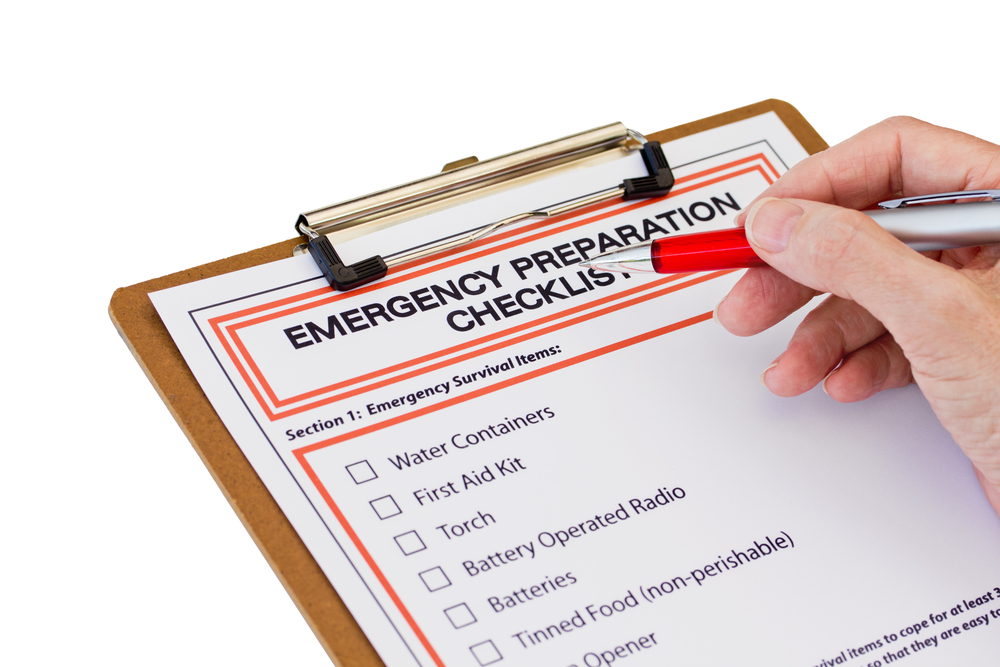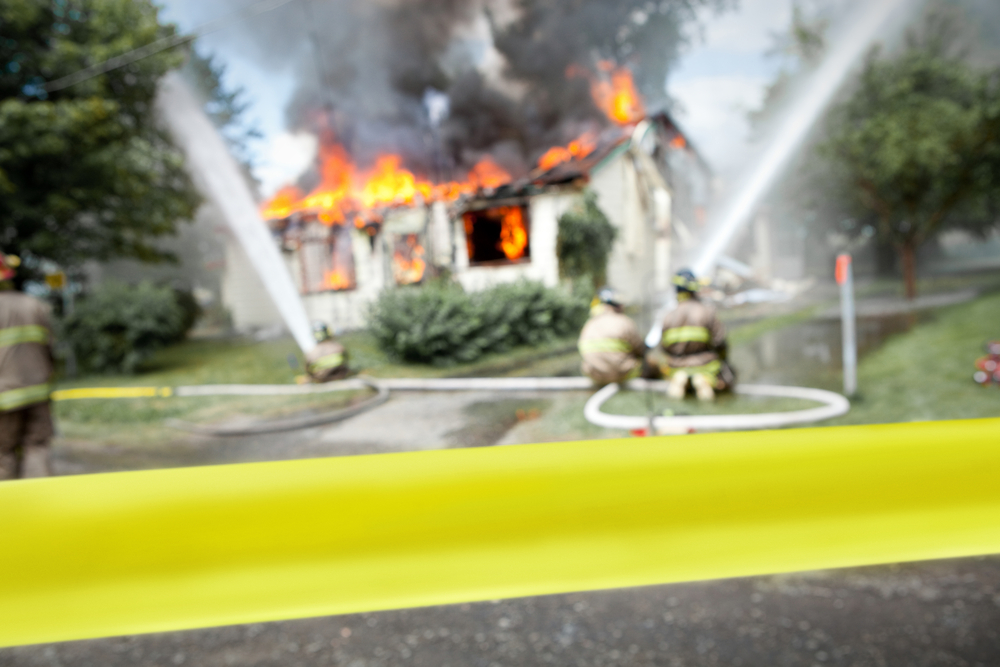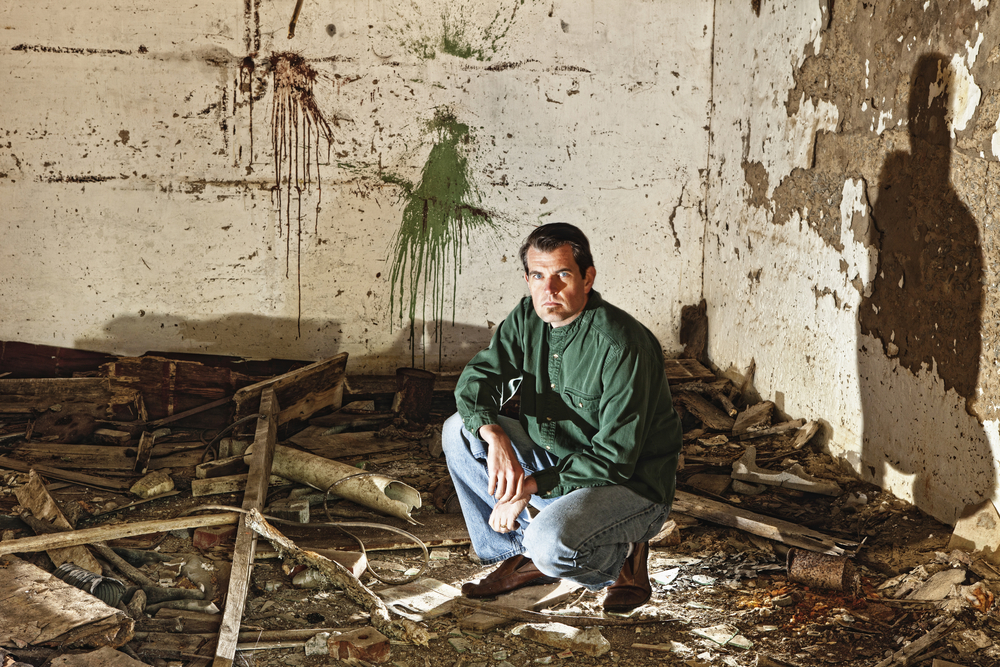The Atlantic hurricane season begins on June 1, and from acatastrophe (CAT) perspective, the last two years have beenrelatively quiet for insurers, providing them with an opportunityto regroup following Hurricane Sandy.
|Some of the most costly and dangerous hurricanes, wildfires andtornadoes have occurred within the past 10 years, giving propertyand casualty insurers, their vendors and the Federal EmergencyManagement Agency (FEMA) plenty of opportunities to learn from pastmistakes and prepare for the next “big one” to hit the U.S.
|New tools and technology are available to assist insuranceprofessionals with everything from risk modeling before an event todrone and robot technology that can provide views of damage inareas immediately after a catastrophe.
|Social media also plays an important role in keeping customersapprised of what’s happening with a disaster. From educating themon how to prepare and minimize risk to getting onsite reports afteran event, social media is fast becoming an effective means ofcommunicating with customers. It also can be used to tell residentswhere a carrier will be set up after a disaster so customers canfile claims. Emails and text messages can update insureds on theprogress of their claims.
|With all of these advancements and the lessons learned fromprevious events, we asked some industry professionals how toimprove customer service and satisfaction following a majorcatastrophe. Here are five factors that impact how successfullyinsurers respond to their policyholders.
||
Photo: pixso/Shutterstock
|1. Policy checks
|Make sure policyholders have the proper insurance before thecatastrophe hits. This includes earthquake insurance in quake-pronestates, flood insurance and other specialty riders for events notcovered under normal homeowners policies. “At the time of acatastrophe, the policyholder too often realizes that theirreplacement cost coverage may not be what it seems,” says BruceKabat, chief operating officer of Adjusters International Colorado.“Prior to a devastating loss, it is critical for the insured tounderstand how such factors as code upgrade coverage, co-insurance,and even deductibles can impact their recovery.”
||
Photo: Frenzel/Shutterstock
|2. Education and training
|Rarely is one disaster like another, and although there may besimilarities, each event requires its own disaster plan.
|“Education and training are key,” says Rod Harden, head ofcatastrophe claims for Farmers Insurance in California. The companyprovides continuing education and training for employees and agentsthrough its University of Farmers. “We conduct mock events anddrills on a consistent basis to ensure that team members are readyto react and respond as a cohesive unit. Locally based Farmersagents also share safety information and helpful tips withcustomers throughout the year, while consumers are also able toaccess a series of smart tips via Farmers Inner Circle.”
||
Photo: monkey-business/Shutterstock
|3. Solidify vendor and adjuster relationships
|After a CAT, any challenges are magnified and getting basicsupplies like gasoline and plywood are harder because of thedemand. Everyone in a large area that’s been impacted is trying toaccess the same services and provisions, and collaboration by allfirst responders is critical to meeting the needs of residents andinsureds.
|“No restoration contractor has enough equipment sitting idlewaiting for a Katrina or a Sandy or any major catastrophe to comealong,” says Ken Rothmel, director of strategic accounts forSunbelt Rentals, Inc., a national equipment rental company. Herecommends that companies responding in the wake of a catastrophemake sure they have a strong relationship with an equipment rentalsupplier. He adds that depending on equipment from within theimpacted state is shortsighted.
|The same can be said when it comes to establishing relationshipswith vendors who will be working for the insurance company and itsteam after the catastrophe. Determining the insurer’s expectationsup front is crucial, whether it’s for an independent adjuster, anengineering firm, a restoration company, a temporary housingcompany or any of the other firms supporting an insurer’s effortswith its insureds.
|Vetting vendors ahead of time is also important to maintainingthe customer relationship. In the case of restoration contractors,their employees are spending more time with the insured than theadjuster. “Know the restoration contractors in your area and onlyuse vetted contractors who are experienced, staffed and equipped toeffectively manage losses during CAT events,” says Dave Robbins ofSharp, Robbins & Popwell, LLC in Bartlett, Tenn.
||
Photo: Auremar/Shutterstock
|4. Maintain communications after the CAT
|When a hurricane, tornado, snow storm or other disaster strikesan area, adjusters know that everything seems to slow down andspeed up simultaneously. Claims volume increases dramatically,making it difficult for adjusters to keep up with the influx.
|When carriers bring in outside professionals to supplement theirstaff adjusters, communication between the parties is imperative.“Independent adjusters at ground level usually operate under thesupervision of a firm specializing in catastrophe claims,” explainsPeter Crosa of Peter J. Crosa & Co., a Florida-basedindependent adjuster and private investigator firm. “Anycommunication with the ground-level adjuster usually comes fromtheir immediate supervisors, who get the communication from theinsurer. Regardless of how it comes down, there must be a clearlydefined path of communication to the ground-level adjuster.”
||
Photo: John Wollwerth/Shutterstock
|5. Speed of response matters
|Insureds want to see or at least speak with their carrier’srepresentative after the loss. Anyone working for a carrier in anycapacity represents the company to the insured and has the abilityto impact the customer’s satisfaction. “Having contractors in placeto help the insured is a critical part of the claims service and,frankly, it’s expected by the insured,” says Rusty Amarante, CR,director of operations for BELFOR, an international disasterrecovery and property restoration firm headquartered in Birmingham,Mich. He says customer service is far more than just handing apolicyholder a check.
|Harden agrees. “A good customer experience is key. Experiencinga [catastrophic] loss can be one of the worst moments of acustomer’s life. It’s important that companies have well-trainedstaff ready and respond compassionately and professionally tocustomers when they have been affected. Training shows through inthe customer experience and every touch point, from the agent tothe claims handler.”
|The good news is that insurers continue to learn from previousevents and are seeing improvements in customer satisfaction. “Icertainly think we are all moving in the same direction when itcomes to catastrophe responses and customer service,” says Harden.“I think speed of response and level of training for staff is whateveryone needs to focus on in order to serve their customersbetter.”
Want to continue reading?
Become a Free PropertyCasualty360 Digital Reader
Your access to unlimited PropertyCasualty360 content isn’t changing.
Once you are an ALM digital member, you’ll receive:
- All PropertyCasualty360.com news coverage, best practices, and in-depth analysis.
- Educational webcasts, resources from industry leaders, and informative newsletters.
- Other award-winning websites including BenefitsPRO.com and ThinkAdvisor.com.
Already have an account? Sign In
© 2024 ALM Global, LLC, All Rights Reserved. Request academic re-use from www.copyright.com. All other uses, submit a request to [email protected]. For more information visit Asset & Logo Licensing.








